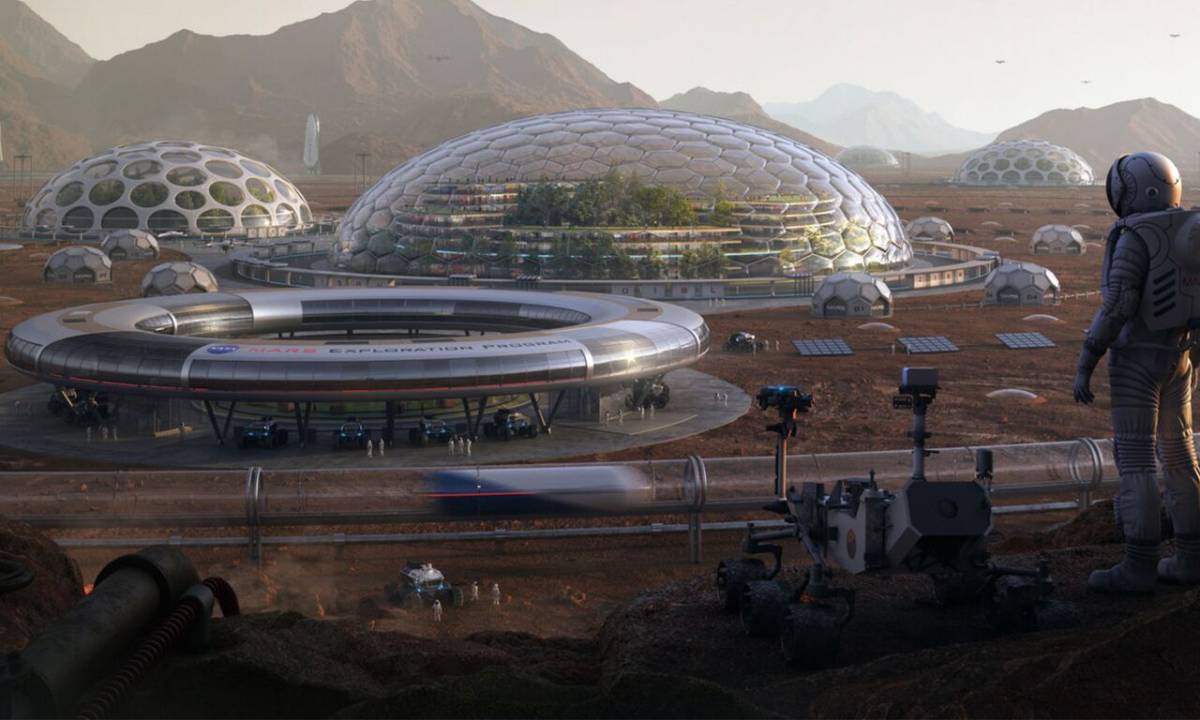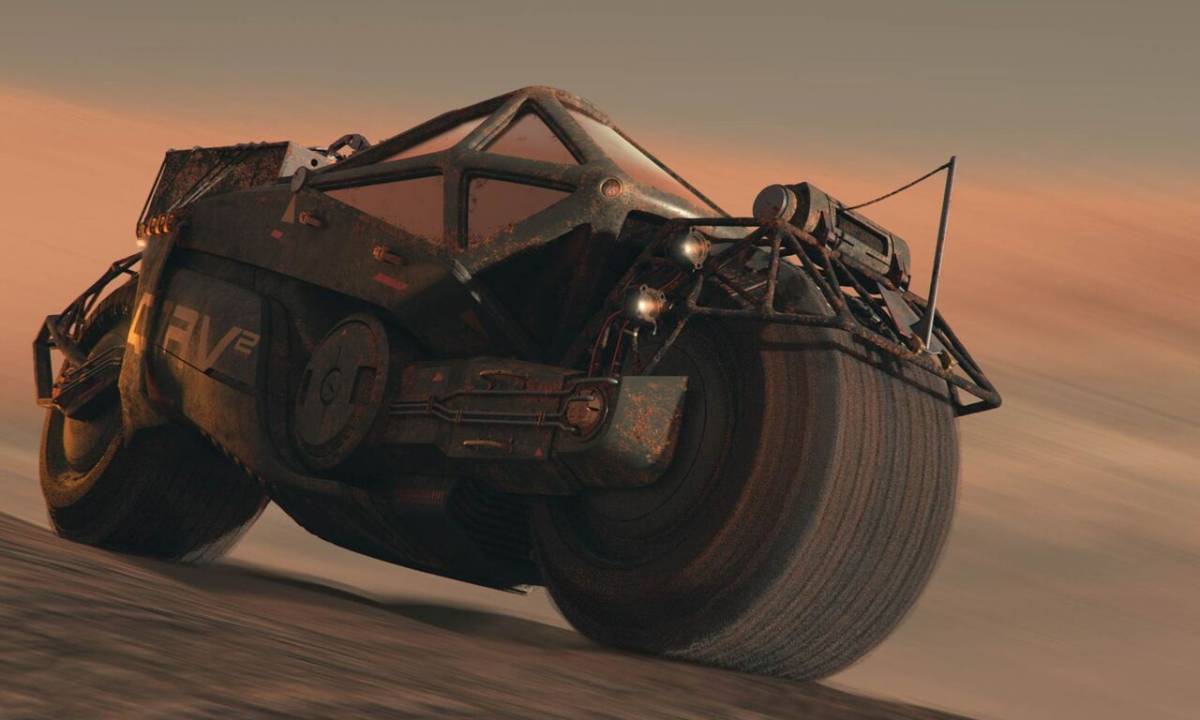by Kate Wilson https://www.straight.com
If Elon Musk is to be believed, a cargo mission will be on the way to Mars by 2022—and a manned voyage won’t be far behind. Living on the red planet, however, poses a few issues. Billions of years ago, scientists believe that Mars could have appeared much like Earth, with plenty of water on its surface and a thick, life-supporting atmosphere. Now arid, cold, rocky and lifeless, the planet will prove challenging to survive on. With an atmosphere nearly 100 times less dense than Earth’s, very little oxygen and liquid water, and an average temperature of -62 degrees Celsius, the terrain is particularly unfriendly to humans.
That hasn’t dampened people’s enthusiasm for imagining a new utopia.
Last year, computer company HP launched the Mars Home Planet initiative—a competition that asked entrants to consider how the red planet might look after it had been colonized. Made up of three contests—concept, 3D modelling, and rendering—the event inspired more than 87,000 creative professionals, students, scientists, and space geeks from more than 150 countries to consider what life daily might be for a one million-person colony.
Every entry had to consider the trials of enduring the alien terrain—including protecting people and agriculture from lethal radiation and devastating sandstorms, transporting individuals around in weak gravity, and creating renewable energy and oxygen. All participants were tasked with using 40 square kilometers of real Martian land, sourced from a location photographed by NASA and developed by Fusion studios for its Mars 2030 virtual reality (VR) experience.
“The amazing entries from the HP Mars Home Planet challenge give us a virtual window into what life on Mars could be like for a million members of humanity,” says judge Dr. Darlene Lim, a geobiologist and principal investigator at NASA Biologic Analog Science. “Technological advancement is being met by a broad array of foundational space science and planetary research—a confluence that will optimistically serve to accelerate our path toward human exploration and settlement of Mars.”
The visions of the colonies were particularly creative. Clear glass domes regulated oxygen and carbon dioxide, creating a living, green city in one of the entries. Another envisaged a covered two-wheeled bike to transport Martians around the enclosed towns. The next created an enormous, flower-like energy pod that collected sunlight to create green power.
The winners were revealed at Siggraph conference in Vancouver, where the best entries were compiled together. Participants sat in motion-enable chairs and HP Windows mixed reality headsets, and were spun around to look at the breathtaking landscapes and 3D renderings.





No comments:
Post a Comment